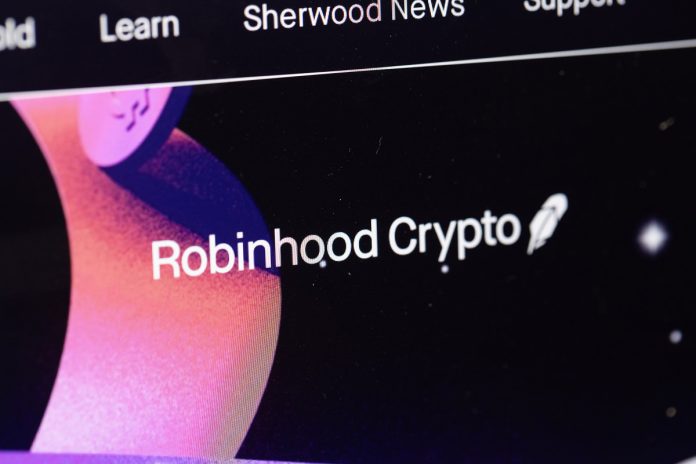Robinhood Markets (HOOD) is generating a lot of attention from Wall Street after confirming that it will be included in the S&P 500 index effective September 22, 2025. The surprise index inclusion drove a stock price increase of approximately 7–10% in after-hours trading.
In 2024, Morgan Stanley turned bullish on Robinhood. They upgraded HOOD to “Overweight” from “Equal Weight” after the U.S. election, indicating Robinhood was a significant winner due to expectations of crypto deregulation with a new administration, as per reports.
Their price target more than doubled, from $24 to $55. Throughout 2025, Morgan Stanley repeatedly raised its expectations—by mid-2025, it had increased its price target to $110 (from $43) while maintaining an Equal Weight/neutral rating.
However, despite the higher target, Morgan Stanley did not label the stock “Buy,” suggesting $110 was a fair value.
Goldman Sachs raised its price target from $82 to $91 and maintained a Buy rating, later increasing it to $104 by early July. Will Nance of Goldman Sachs observed Robinhood’s impressive growth, with a 274% return in the past year by mid-2025, as per reports.
Numerous analysts raised price targets for Robinhood, anticipating its inclusion in the S&P 500. KeyBanc raised its target price to $110, Piper Sandler lifted their target price to $120, and Mizuho’s Dan Dolev raised his target price to $99.
At the time of writing, Robinhood shares are up about 6% to around $107.33 in after-hours trading, having closed the regular session at $101.25.
The move is not due to retail investors being excited about Robinhood; it is entirely the result of automatic purchases by index funds and ETFs that are required to buy Robinhood shares because the company was added to the S&P 500, says Reuters.
Related: What are yield coins? Yield bearing assets explained
This is a mechanical result of the index addition, not a mania of retail involvement in trading. This is because retail traders can only act during the regular session, not in after-hours, especially when the market remains closed on weekends.
Reuters and others have noted that these index inclusion changes mostly contribute to price increases because passive funds such as BlackRock, Vanguard, and State Street are required to rebalance portfolios.

